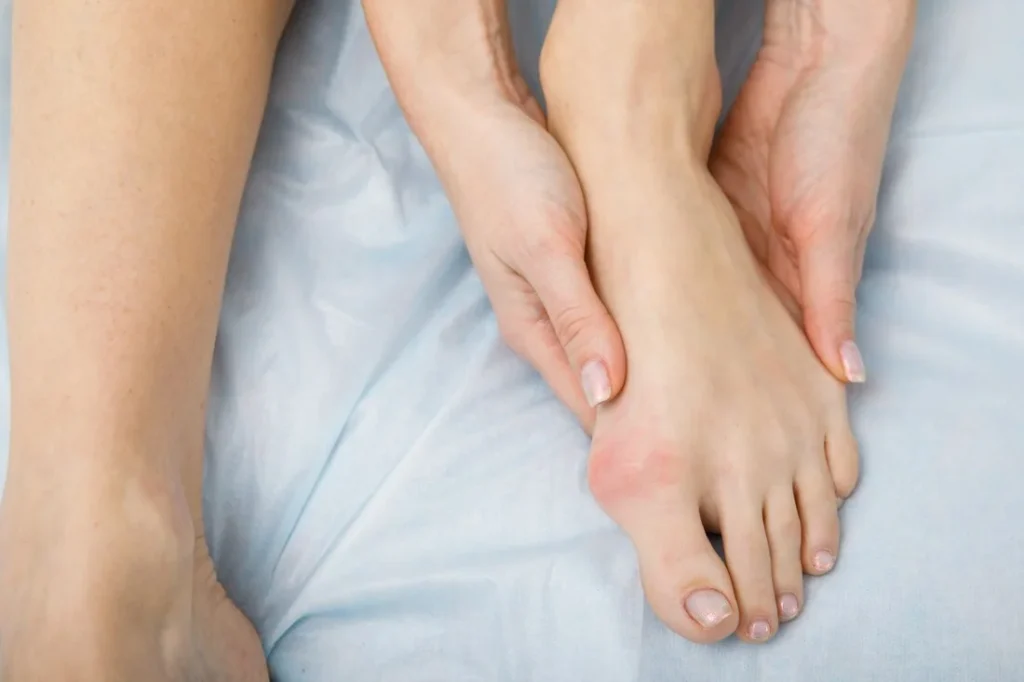Bunions

Bunions Specialist
Bunions are painful lumps located below the big toe and without professional care, they can result in permanent deformity. As a top-rated podiatrist in San Francisco, CA, Dr. Mark Co provides the most appropriate and effective care for bunions in patients at his Duboce Triangle practice, relieving pain and improving mobility.
Bunions Q & A
What are bunions?
Bunions are hard, bony projections that form at the base of the big toe. Actually, they're a part of the big toe joint that has been forced out of its normal alignment and position as a result of continual pressures and forces on the joint. Over time, these forces push the toe joint outward, resulting in deformity in the joint as well as symptoms of pain and stiffness. Without treatment, the bunion will grow larger and the big toe may eventually cross over the neighboring toes as the joint becomes swollen, arthritic and extremely painful. People with bunions – even mild ones – can have difficulty finding shoes that fit and the skin over bunions frequently develops blisters or corns.
What causes bunions?
Bunions form more commonly among people who wear shoes that have very pointy or tight toe areas, as well as those who wear high heels on a regular basis. They're also more likely to form in people with certain gaits or as a result of inherited foot shape.
How are bunions treated?
Often, mild to moderate bunions can be treated with injections of pain relievers and corticosteroids to reduce inflammation and discomfort, combined with gentle stretching exercises to prevent the joint from becoming stiff and custom orthotics to help ease the joint back into its normal position. When bunions are very severe and these conservative approaches are not effective in providing relief for symptoms, surgery may be needed to reposition the joint. Tiny screws or pins may be inserted during surgery to help hold the joint in its normal position.
Can bunions be prevented?
Bunions may be prevented by wearing shoes that provide plenty of room in the toe area, by avoiding the continual use of high heels, and by seeing a podiatrist at the first sign of pain or discomfort in the big toe joint. Using custom orthotics can also be helpful in preventing bunions in people with specific foot shapes associated with bunion formation.
Insurance Providers
We accept Medicare and most PPO insurance plans. For questions about insurance, please contact the office.


